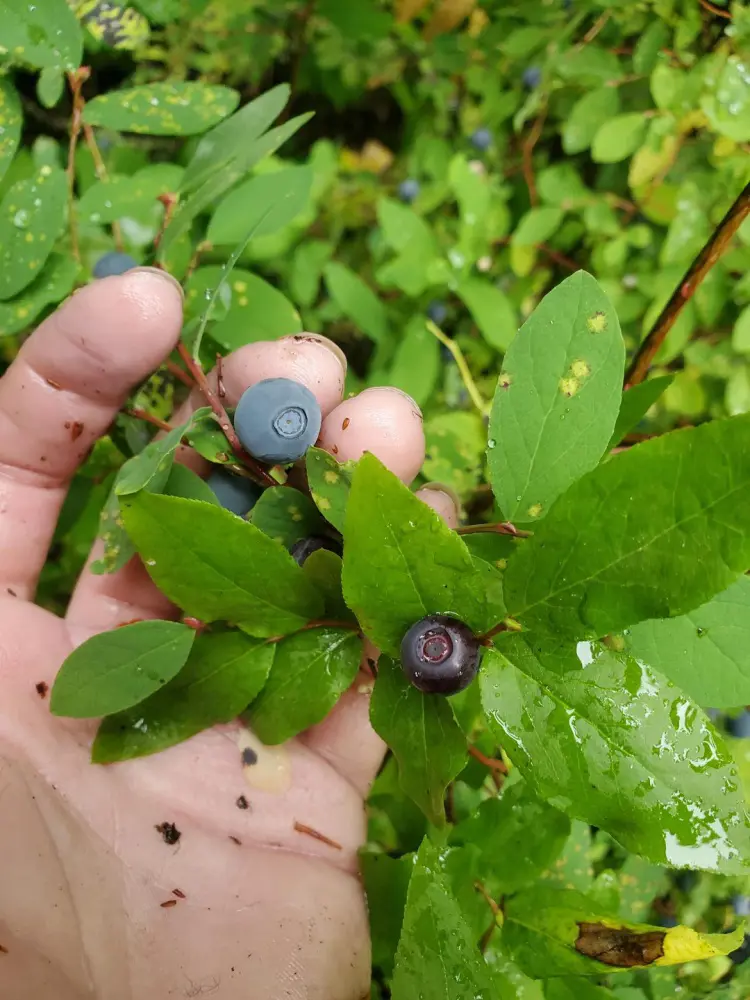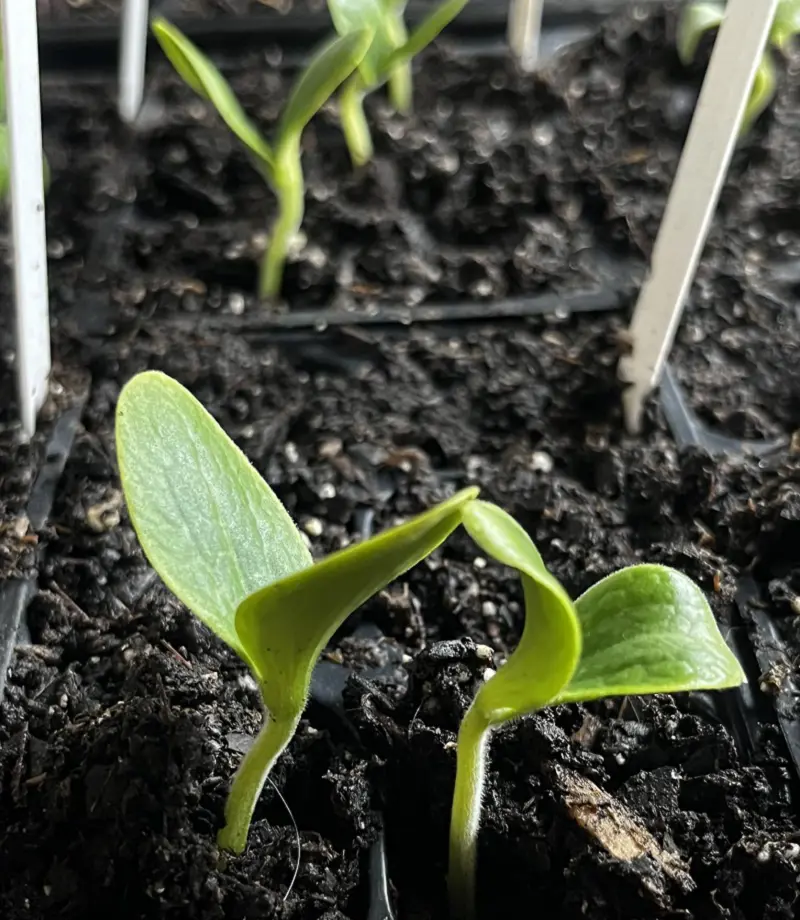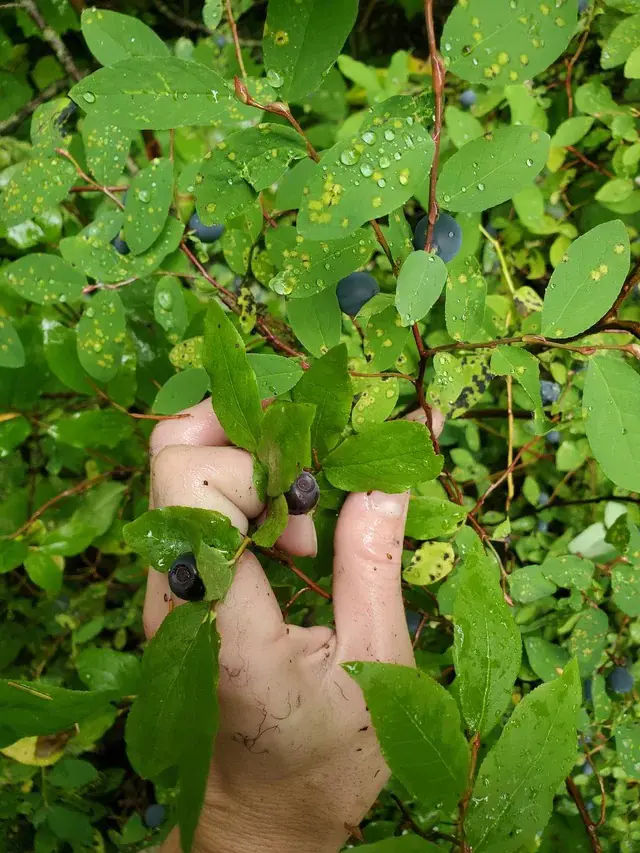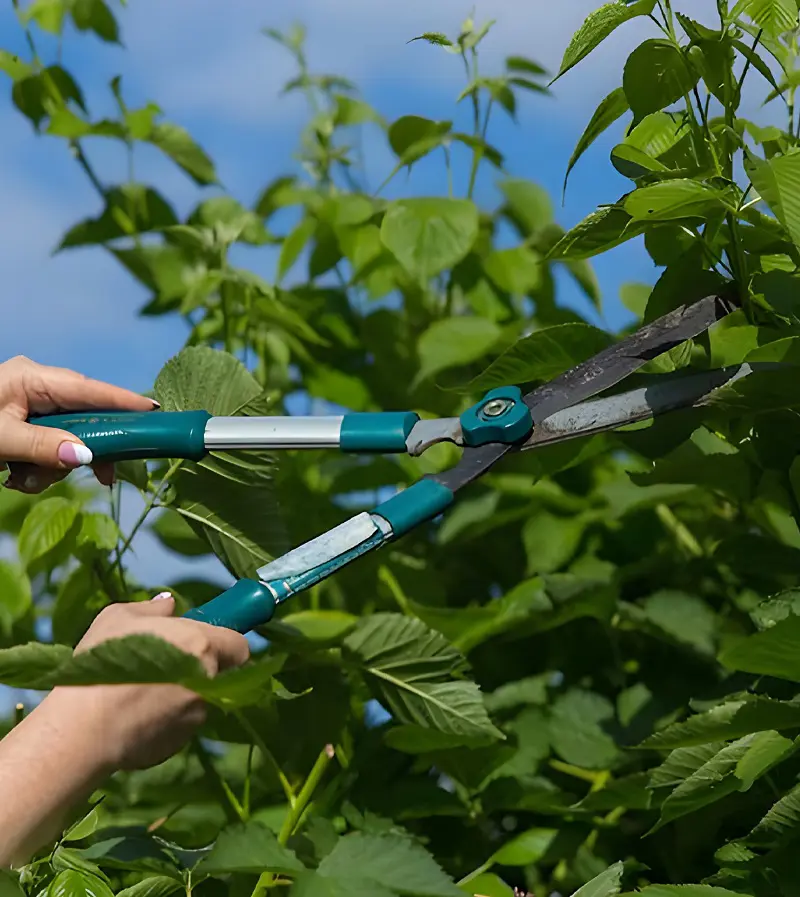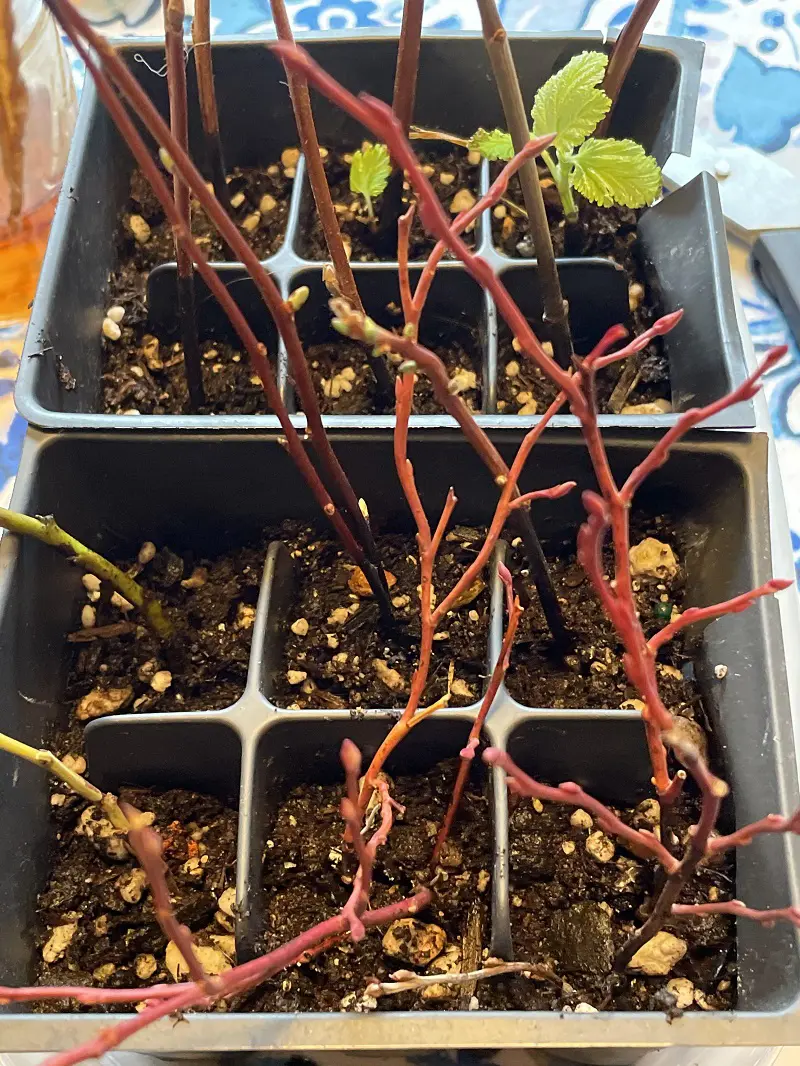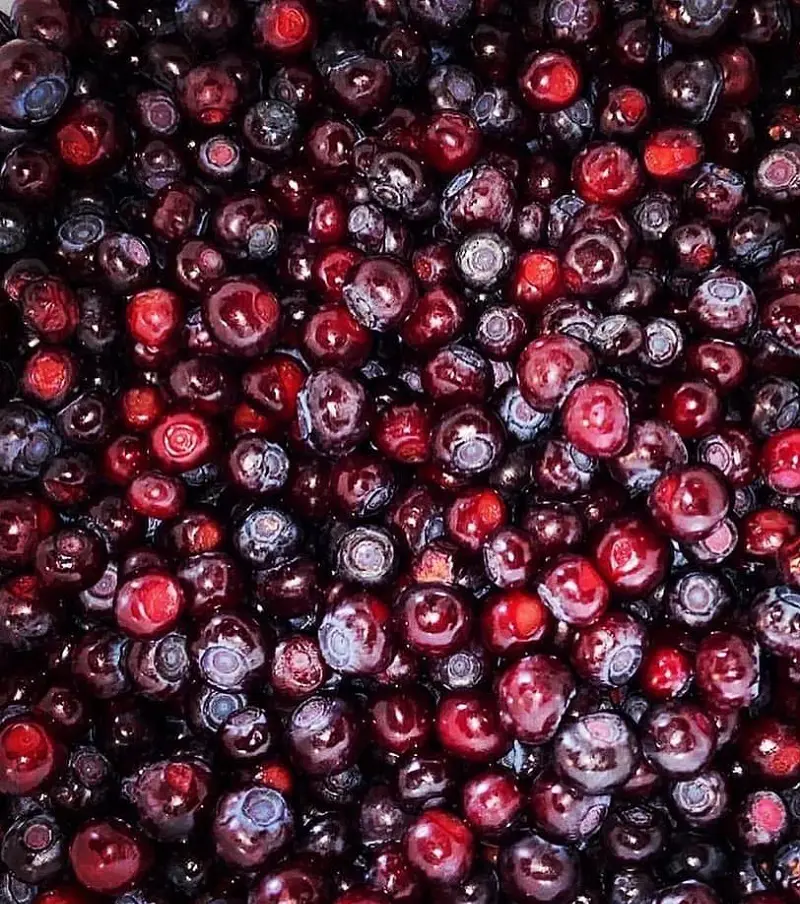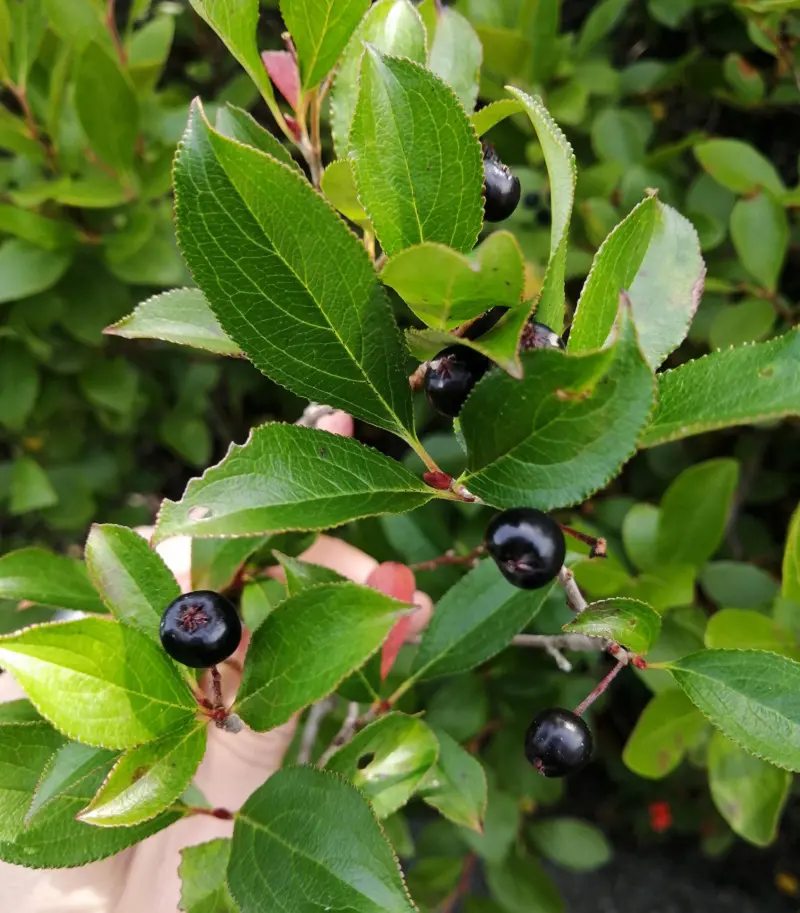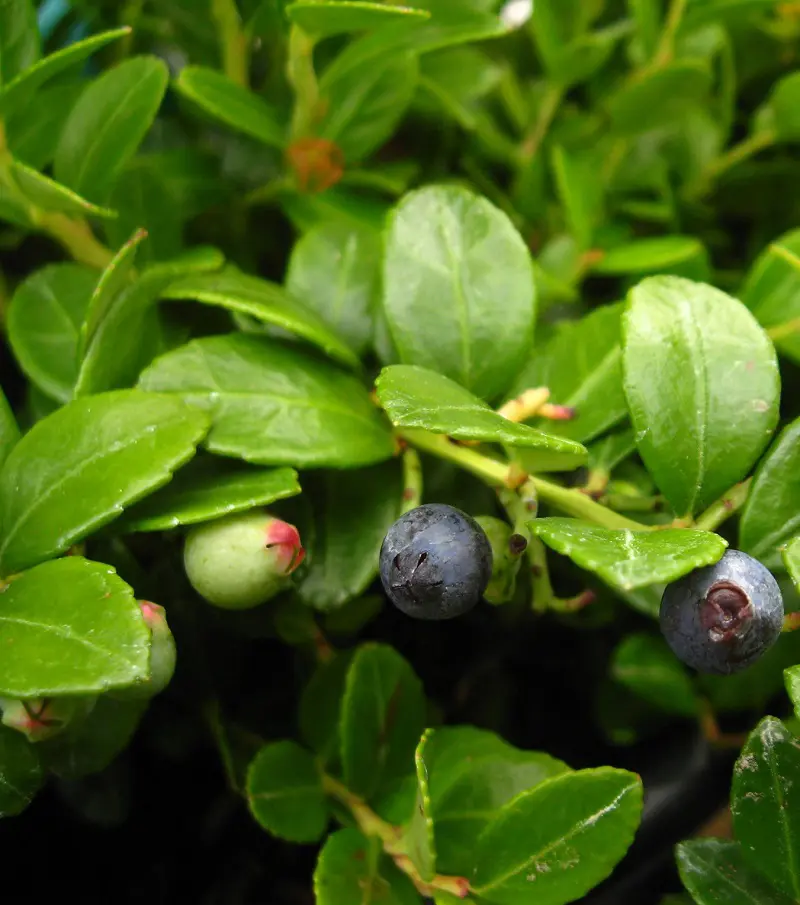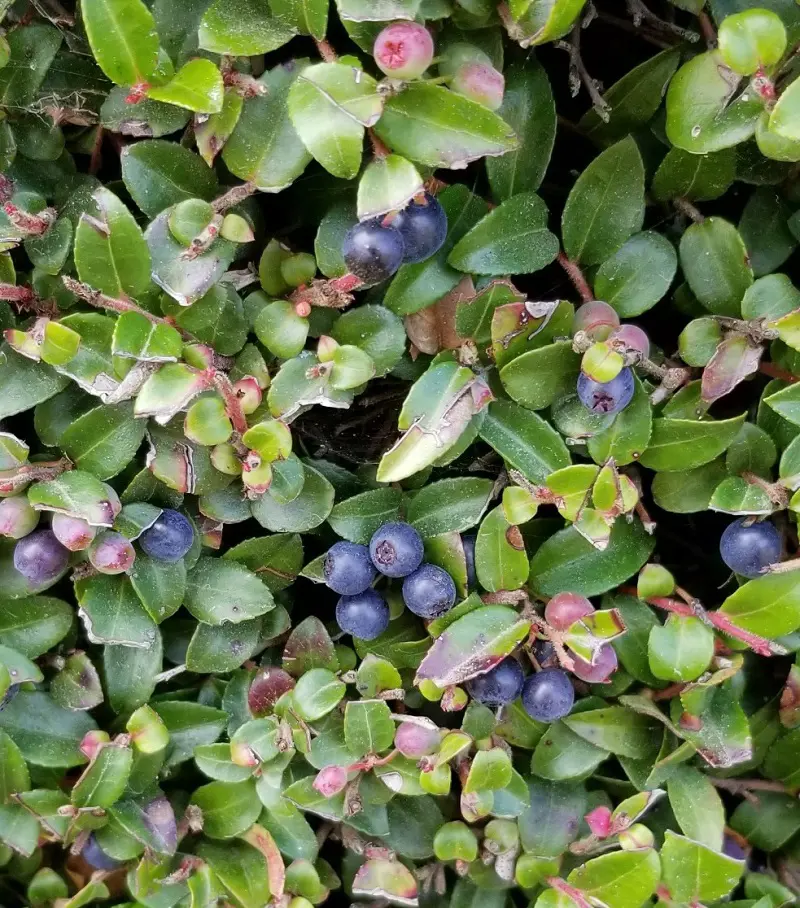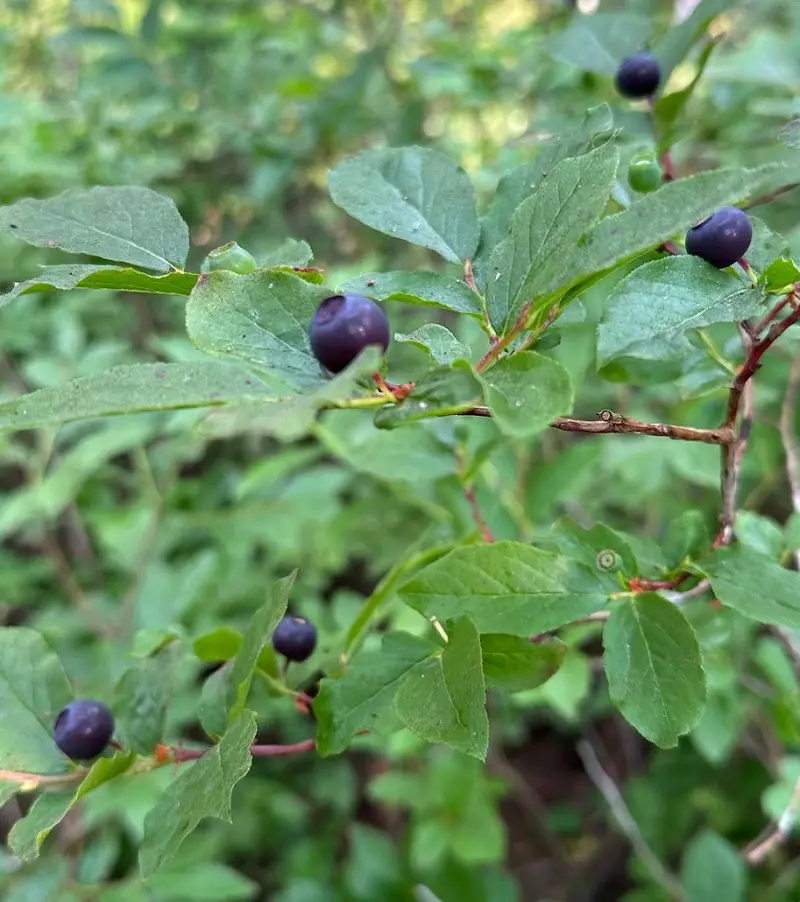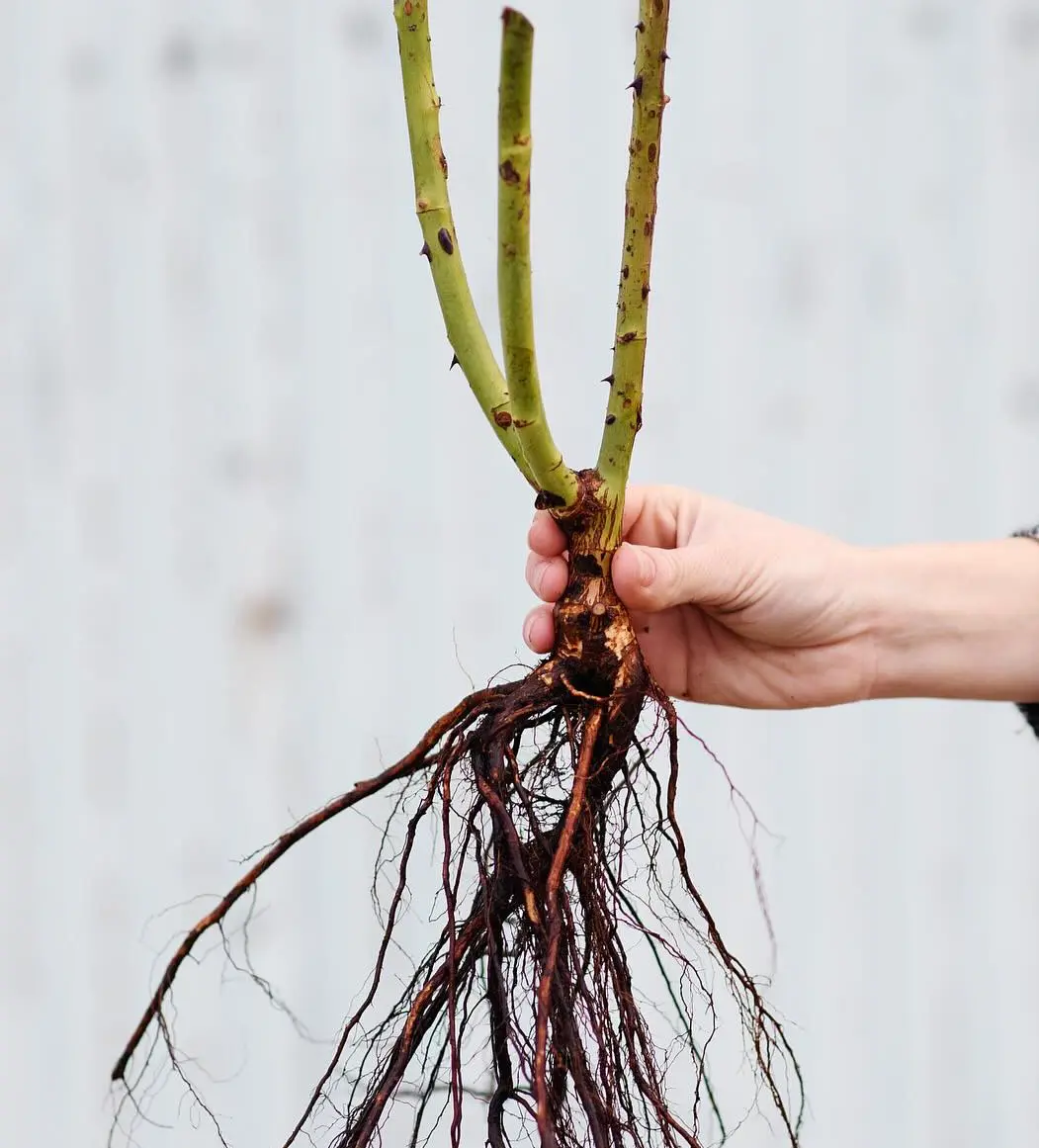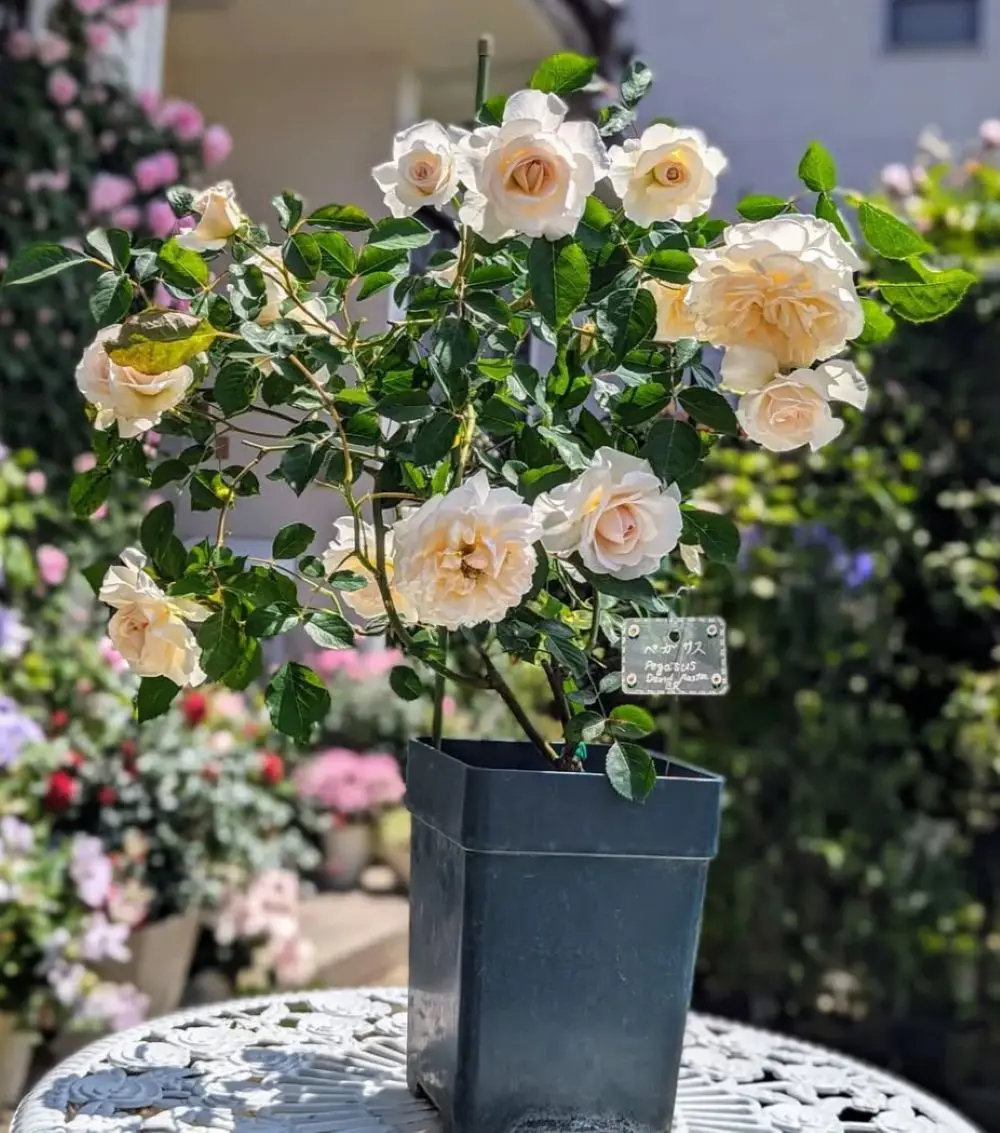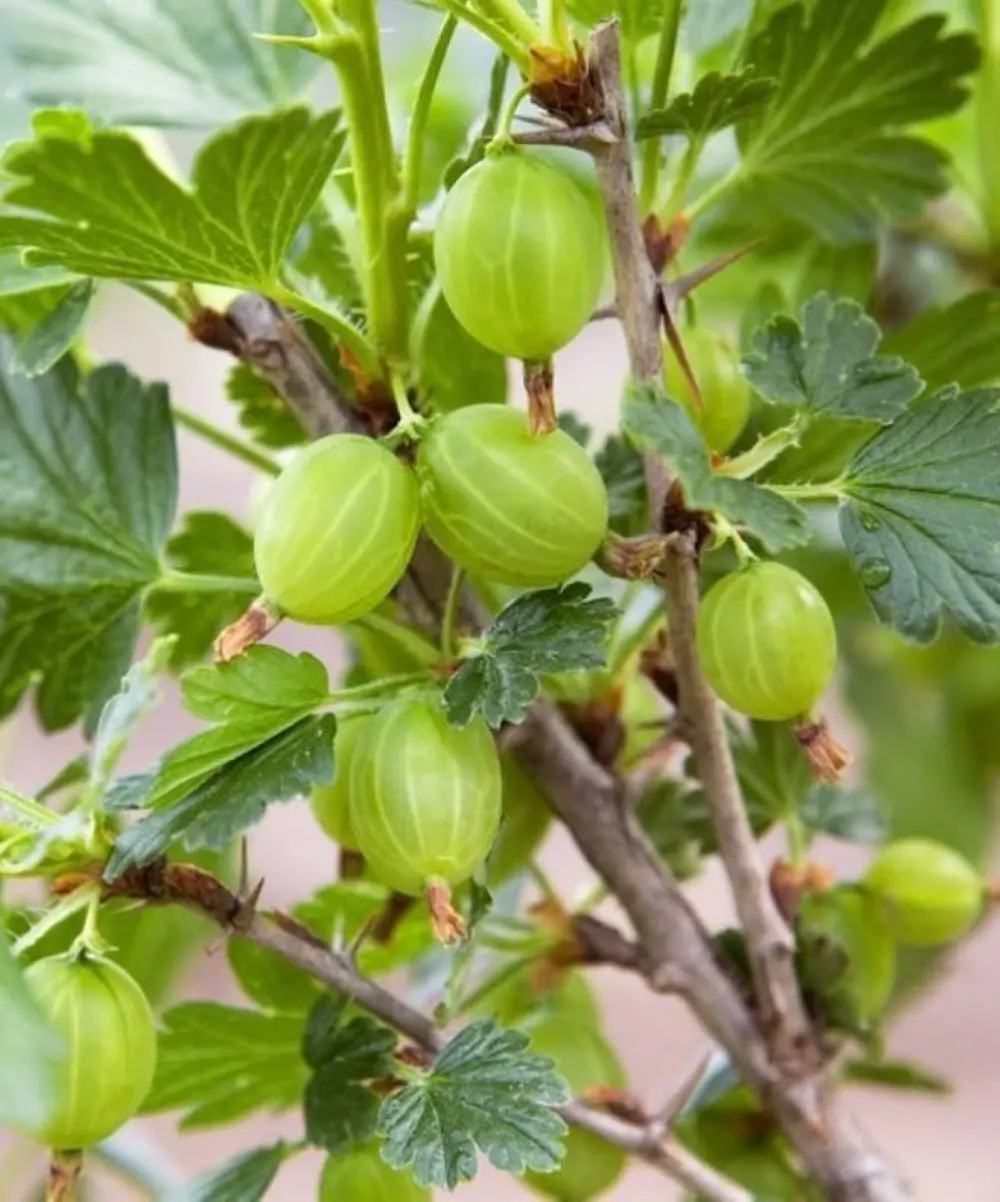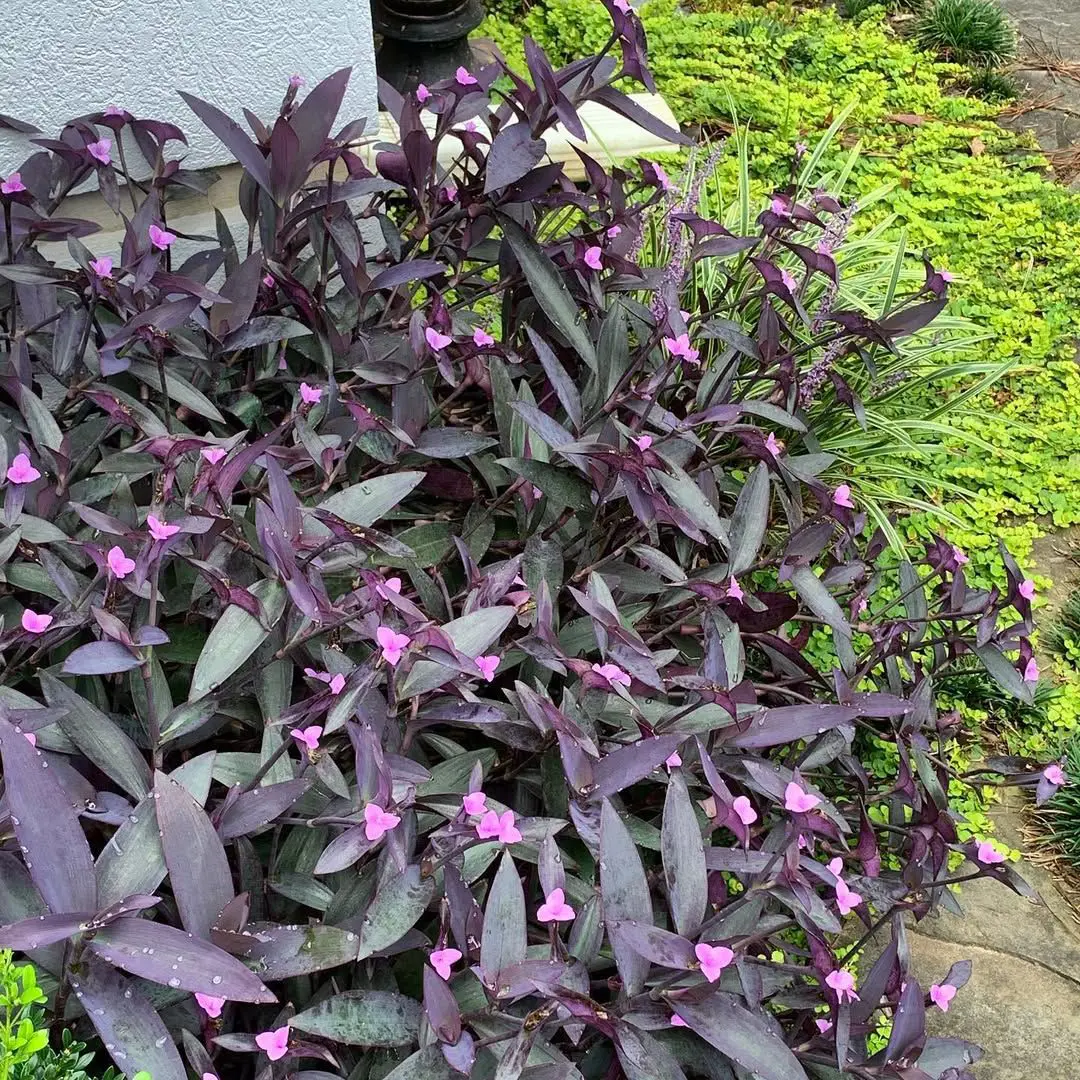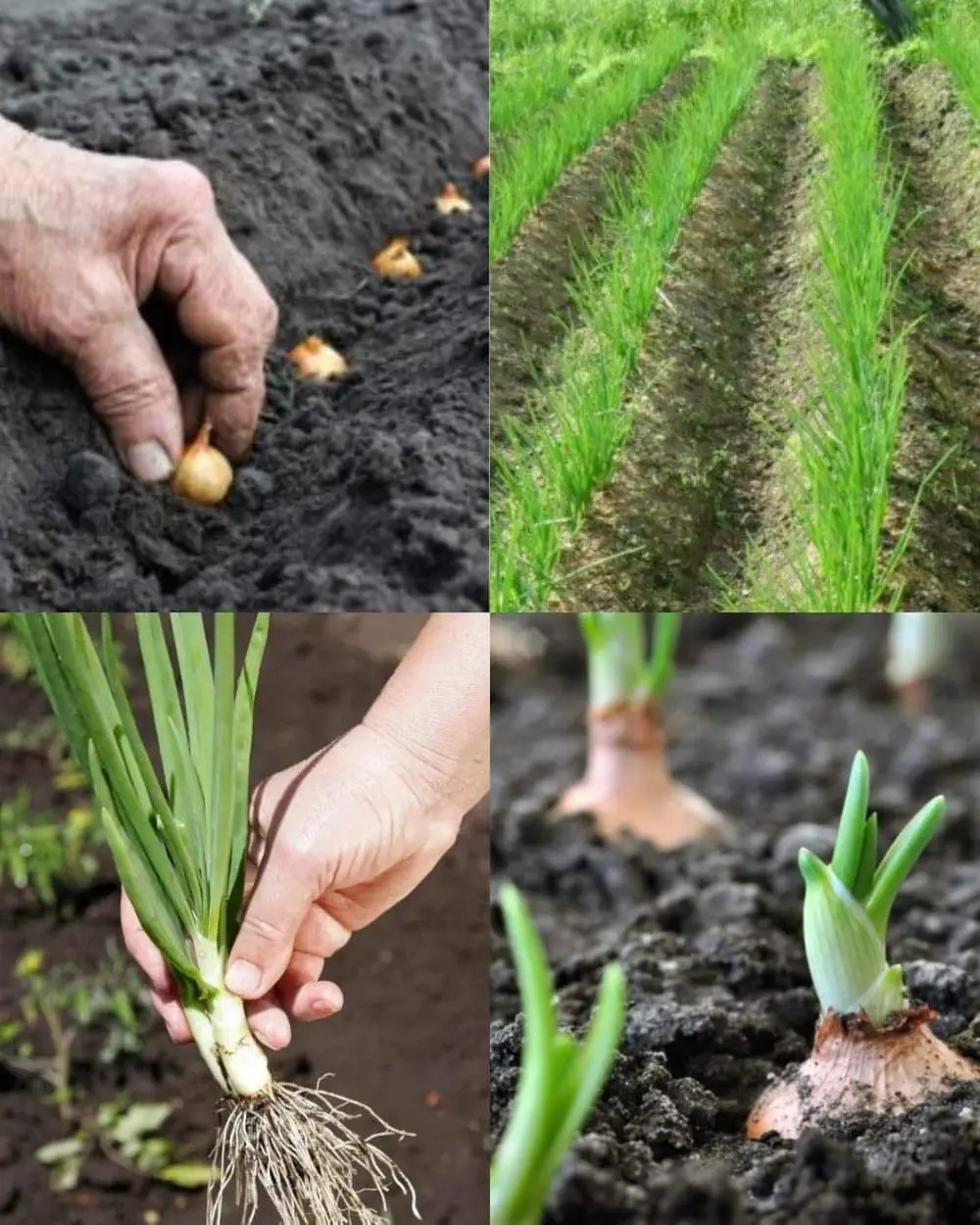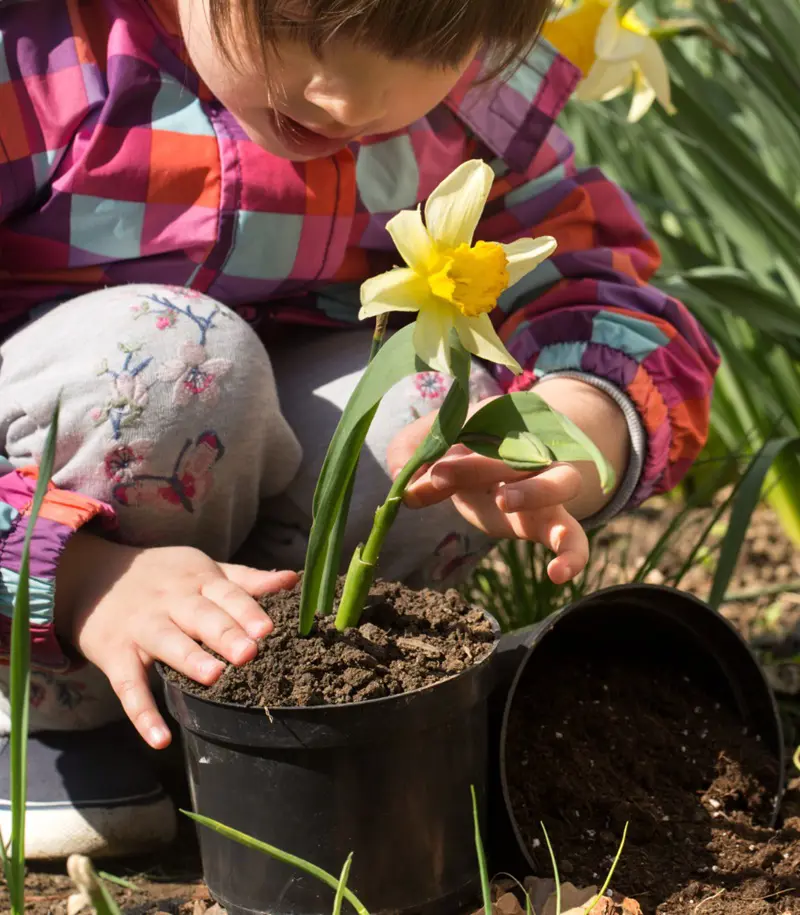Where & When To Plant Huckleberry
The success of growing a huckleberry bush heavily depends on the timing and location of when and where you planted the bushes. Here are a few factors that you may not have been aware of and should start considering to increase your chances of success:
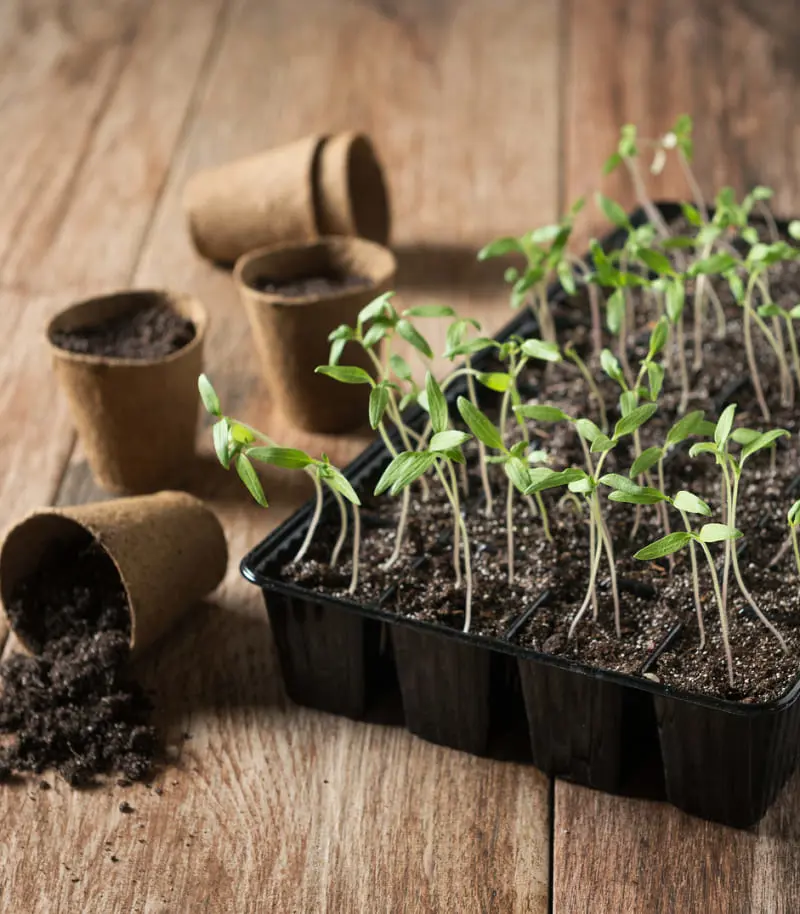
Light
When it comes to choosing the appropriate amount of sunlight, the huckleberry bushes are a mixed bag. They can grow in both dappled light and partial shade, reaching their maximum height potential of 10 feet (3 m) when grown in partial shade.
However, to produce fruit the shrub requires sunlight and should receive at least five to six hours of sunlight each day. So, for a complementary decoration piece, place them in shaded areas otherwise place them in direct sunlight for fruticulture focus.
Spacing
If you are planting multiple huckleberries or in conjunction with other plants, considering that on average huckleberry bushes are 3-4 feet (0.9-1.2 m) wide. Consider spacing your plants 3 to 4 feet apart to give the berries plenty of space to grow and avoid conflict with other plants over nutrients.
Soil
The perfect soil conditions as demanded by the huckleberries for best growth is a well-draining and acidic soil of 4.3 to 5.2 pH at the USDA hardiness zones of 3-9. The soil should contain a lot of organic matter and consistent moisture.
Remember to test your soil pH and if necessary use readily available soil amending components such as sphagnum peat moss or iron sulfate to make the soil more acidic, and limestone, egg shells, or baking soda to make the soil more alkaline.
Planting Time
Planting times for huckleberries can vary when using different methods. To make it simple to understand, we have distilled this information into the following points:
- Seed: Sow indoors 4-6 weeks before the last frost during winter. Move to the garden in early summer.
- Nursery-Grown Bush: During spring after the last frost has passed.
- Cuttings: Bury the cuttings during late winter to early spring in damp sand or peat. Move to pot once roots develop.
- Division: Dig up a fully grown bush with roots during late fall or early winter, and place it in a bucket for 1-2 years before transplanting.
